Challattone: a challah that wanted to be a panettone
I would have liked to post a savory recipe one of these days, to avoid boring you with sweets too often, but I got this absurd and – if I can modestly say it myself – really genius inspiration to transform my challah dough into an Italian panettone recently and… well, I couldn’t wait: the recipe is too good not to be shared immediately. In addition, many of you asked me out loud on Facebook to post it as soon as you saw the picture, so I decided to deliver.
As a Jew, I prepare challah every week, to honor Shabbat. However, as an Italian, when Christmas is approaching I find myself craving another leavened bread that everyone around me is enjoying, panettone. The solution? Meet my challattone, the challah that wanted to be a panettone!
Imagine a brioche bread with the fruity aroma and ingredients of panettone (raisins, candied fruit… minus the butter!), that is also easy to whip up, not as scary as panettone: that’s the challattone, and I know you will love it!
Challattone is much better than panettone. You need to prepare one single dough, not multiple. Leavening is easy, with brewer’s yeast: no sourdough is required. You are allowed to buy candied fruit at the supermarket if you don’t have a special desire to make them at home. And no, this panettone challah does not need to hang upside down through a metal stick like panettone does when it cools: you treat it like normal bread. In short, if you want homemade panettone like I do, but the idea of really preparing panettone with your own hands intimidates you, this ecumenical creation that combines Jewish challah with Christian panettone is the solution to your problem. Let me alert you, though, that I invented this panettone challah two weeks ago, and I haven’t made the normal challah for two weeks, because now I prefer to turn the dough into a panettone and eat it like this, in its sweetest and most festive version!
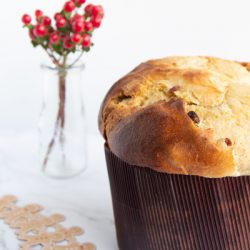
Challattone: a challah that wanted to be a panettone
Ingredients
For the marmalade
- 3 clementines organic
- 1 lemon organic
- 150 g sugar
For the dough
- 2 packets active dry yeast
- 320 g water
- 250 g sugar
- 70 g sunflower oil
- 2 eggs
- 2 yolks
- 1.3 kg bread flour approx.
- 240 g marmalade
- 100 g raisins (previously soaked)
- 70 g candied citron
- 70 g candied orange
Instructions
For the marmalade
- Cut the tops and bottoms of the citruses, removing the part where there is just no pulp, then cut the fruit first into slices, then into small pieces.3 clementines, 1 lemon
- Put the citruses in a saucepan and let them macerate together with the sugar at room temperature until the sugar has dissolved and turned liquid.150 g sugar
- Turn on the stove and cook the marmalade over low heat for about 45 minutes.
- Blend the marmalade with the blender or with a food processor until it is completely homogeneous, without pieces, then set it aside and let it cool.
For the dough
- In a large bowl mix water, sugar, and yeast. If you have a KitchenAid, it's a good time to use it.2 packets active dry yeast, 250 g sugar, 320 g water
- When the yeast is dissolved, add oil, whole eggs and egg yolks, and stir to break the eggs.70 g sunflower oil, 2 eggs, 2 yolks
- Add more or less 1/3 of the flour and knead, then add 240 g of the previously prepared marmalade and mix. Have a snack with what is left of the marmalade, you deserve it.1.3 kg bread flour, 240 g marmalade
- Add the remaining 2/3 of the flour, kneading vigorously. I have done this challattone twice already and the necessary flour has always been around 1.3 kilos, but pour in a little at a time and adjust according to the consistency of the dough. Also keep enough flour at hand on the kitchen counter, and when you can no longer work the challattone in the bowl, move there to knead. The finished dough must be quite moist and elastic, but not sticky.
- Clean the bowl where the dough was sitting, then grease it with a little oil and let the dough rise in there for about 2 hours, covered with a cloth.
- After two hours, when the dough has risen properly, roll it out on a surface and sprinkle it with raisins and candied fruit.100 g raisins, 70 g candied citron, 70 g candied orange
- Roll the dough on itself so that the candied fruit and raisins are distributed more or less evenly, then decide on the size of your panettone. You can prepare a large panettone such as the 1 kg commercial ones found in supermarkets (I did that the first time), but with these doses - especially on your first experiment - I would recommend instead that you try 2 tall 1/2 kg molds and 1 low 750 g mold. You can buy the paper molds on Amazon.
- Put the dough in the paper molds and transfer the future challattoni to rise in the oven, with the light on only, until they have almost reached the edge of the mold.
- Remove the molds carefully from the oven and heat it to 400° F. If you have a baking stone for bread and pizza, bake it to warm it up half an hour, because it will be very helpful to bake the challattoni more evenly.
- Cut the surface of the challattoni with a knife to form a cross. If you don't mind using butter, put a little piece of butter on top of each arm of the cross; if you prefer to keep the challattone pareve, i.e. dairy-free, brush the cross using a finger lightly greased with oil.
- Bake the challattoni one at a time, at most two at a time, and let them cook for at least 35-45 minutes. If you opted for the 1 kg version it will take just under an hour. If the challattoni start to darken on the surface, especially if you have a small oven, cover them with a piece of aluminum foil and continue cooking.
- When your challattoni are golden brown and feel solid to the touch (try to gently squeeze the surface and sides) turn off the oven and let the challattoni cool inside it, with the door open.
- Store the challattoni for 2/3 days wrapped in aluminum foil.


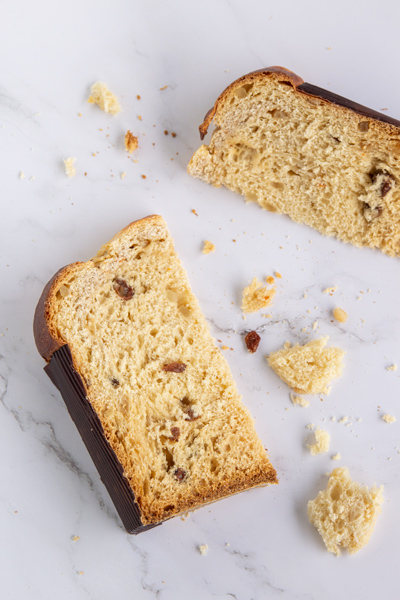
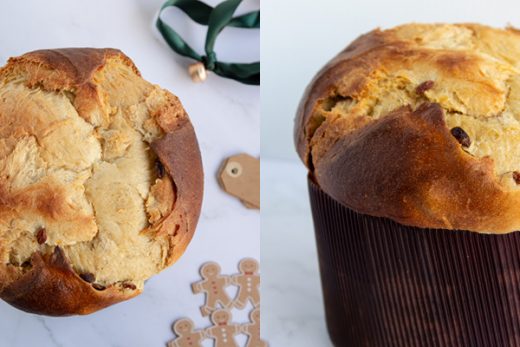

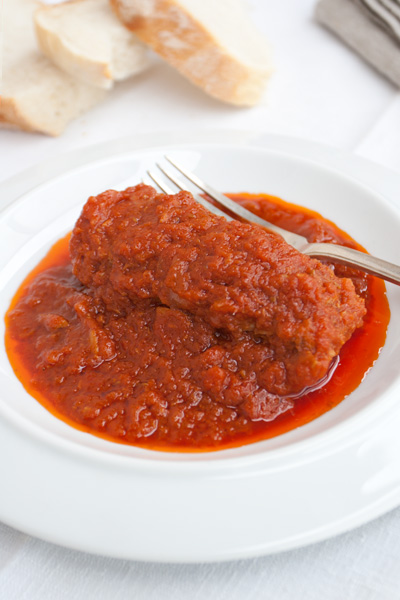
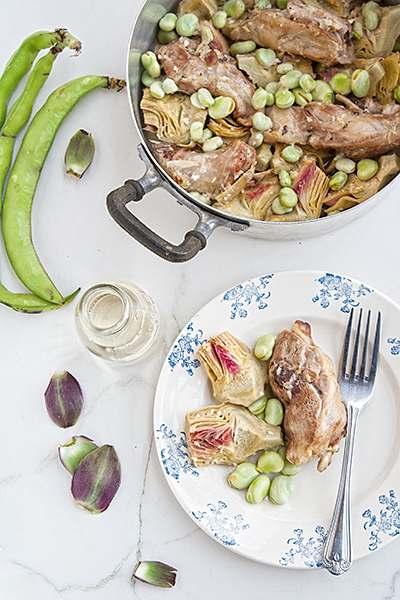

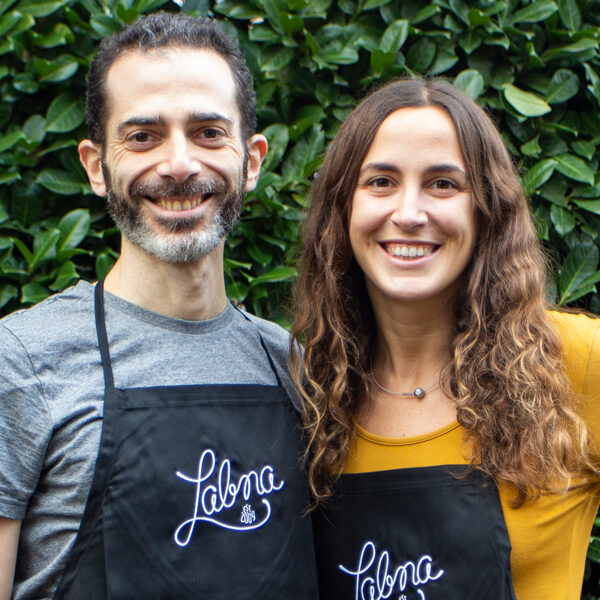
Anxious to try making this recipe. Leftovers, if any, will make superb French toast. Thank you for this! RKS